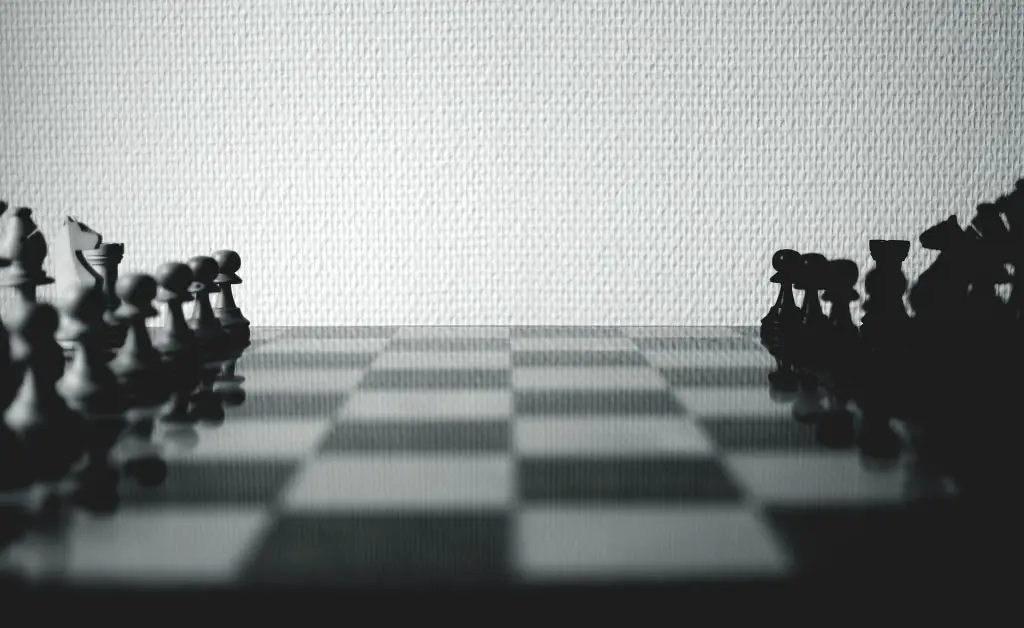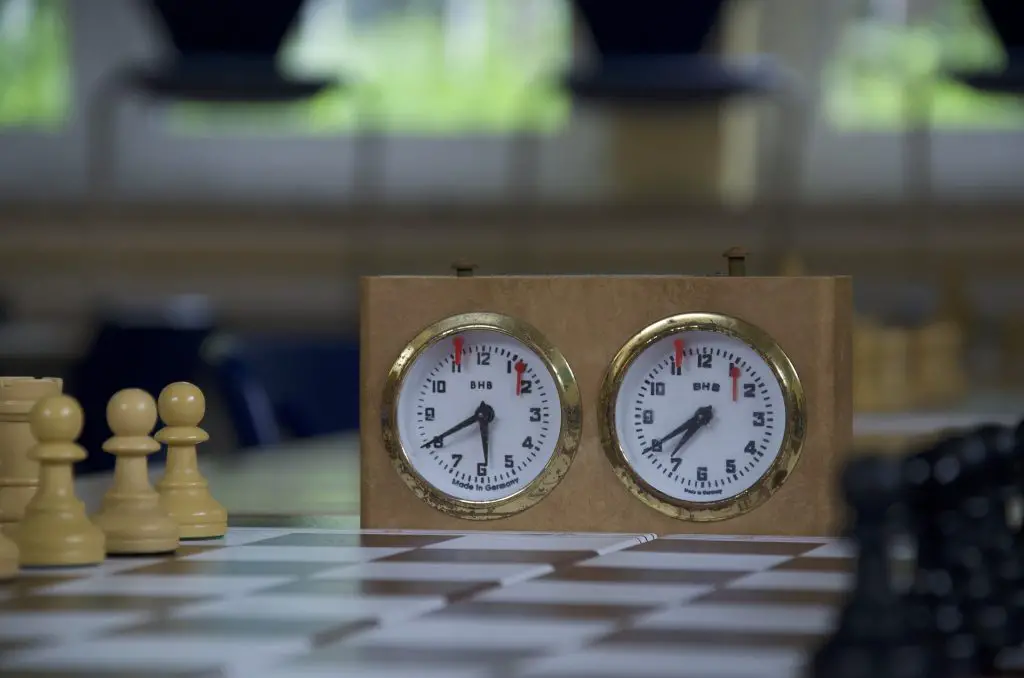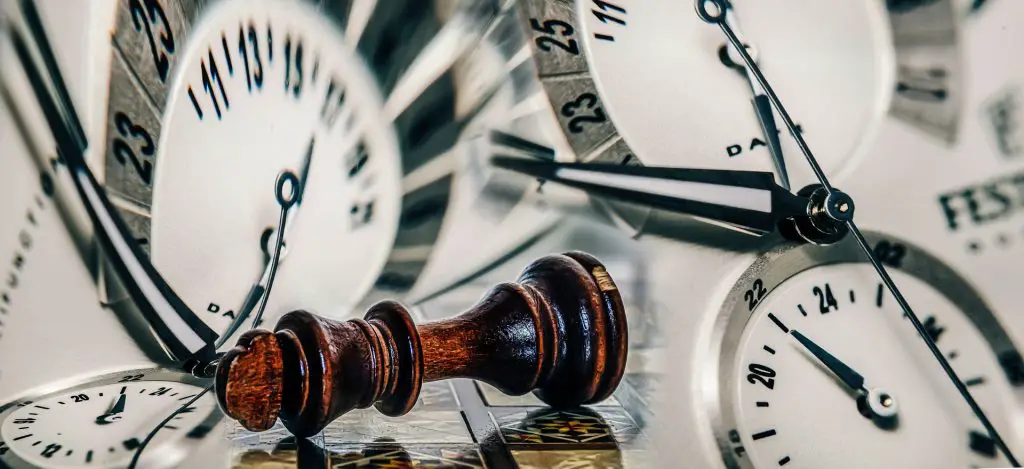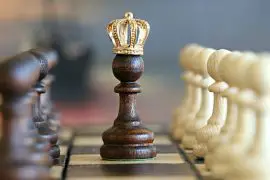
Chess is a game of strategy and time management. In tournament play, time is of the essence, and you must carefully consider every move. Chess clocks are used to ensure that games are played within a reasonable time frame. While most chess players are familiar with chess clocks, many may need to learn precisely how they work. In this, we will explore the inner workings of the chess clock, including its basic functionality, types of clocks, how to use them, and strategies for effective time management. Understanding the chess clock is essential for competitive play, and this article aims to provide a comprehensive guide for all chess enthusiasts.
At its core, a chess clock is a device used to time the moves made by each player during a chess game. The clock consists of two timers for each player that start and stop independently. When a player makes a move, they hit a button on their side of the clock, which stops their timer and starts their opponent’s. This will continue until the game is over.
Each player’s time is tracked separately, allowing for a fair and balanced game. The clock also signals the end of the game by sounding an alarm or flashing a light when one player’s timer runs out of time. This is known as “flagging” and signifies that the player whose timer ran out has lost the game.
In addition to keeping track of each player’s time, the clock also allows time controls to be set, such as the amount of time each player has to make their moves or the number of moves that must be made in a particular amount of time. This ensures that games are played within a reasonable time frame and allows tournaments to run smoothly. Overall, the basic functionality of a chess clock is simple yet essential for competitive play.
Types of Chess Clocks
Contents
There are two main types of chess clocks: analog and digital. Analog clocks have been in use since the early 20th century and consist of two clocks with hands that move around a circular face. Digital clocks, on the other hand, use a digital display to show the time remaining for each player.
Analog clocks :

are often preferred by traditionalists and those who enjoy the tactile experience of physically pressing the clock button. They are also typically more affordable than digital clocks. However, they can be less precise than digital clocks due to variations in the speed of the clock’s movement.
Digital clocks :

offer a range of advanced features not found in analog clocks, such as the ability to track move counts, offer different time controls, and record time intervals for each move. Many digital clocks also have customizable settings for different time controls, making them ideal for tournament play. They are also more precise than analog clocks, making them better suited for games with faster time controls.
Modern digital chess clocks have a range of features that cater to the needs of competitive players. Some clocks have move counters that keep track of the number of moves made by each player, while others offer different time controls such as Fischer, Bronstein, or time delay modes. Additionally, many digital clocks come equipped with pre-set time controls for famous tournaments, making them easy for players of all levels.
While analog clocks remain a popular choice for some, digital clocks offer a range of advanced features and greater precision, making them the preferred choice for many serious chess players.
How to Use a Chess Clock
Using a chess clock is an essential part of competitive chess play. Here is a step-by-step guide how to use a chess clock effectively:

Set the initial time: Before starting the game, set the initial time for each player. This can be done by adjusting the dials or buttons on the clock. Make sure that both players have the same amount of time.
Start the clock: Once the initial time has been set, both players should simultaneously press the button on their side of the clock to start their respective timers.
Make your move: When it is your turn to move, make your move and hit the button on your side of the clock to stop your timer and start your opponent’s. Your opponent will then make their move and hit their button to stop their timer and start yours.
End the game: The game ends when one player runs out of time, and their timer hits zero. The clock will signal the end of the game with a sound or light.
Reset the clock: After the game ends, reset the clock for the next game. This can be done by pressing a button or turning a dial, depending on the type of clock.
To use the chess clock effectively during a game, here are some tips:
Plan: It’s essential to plan your moves to make them quickly and efficiently.
Use your time wisely: Save time on all of your moves. Instead, try to allocate your time according to the complexity of the position.
Anticipate your opponent’s moves: Try to anticipate them so you can be prepared to move quickly when it is your turn.
Practice with a clock: The more you practice using a chess clock, the more comfortable and confident you will become.
Strategies for Time Management

Following these steps and tips, you can effectively use a chess clock to enhance your competitive play and time management skills.
Time management is a critical aspect of chess, as each player has limited time to make their moves. Effective time management can help players make more informed decisions, reduce mistakes, and gain a strategic advantage over opponents. Here are some strategies for managing time effectively during a game of chess:
Prioritize: At the start of the game, assess the board and determine which pieces are the most important to develop or defend. This will help you to maintain and focus your attention and time on the most critical parts of the game.
Use your opponent’s time: While your opponent is thinking about their move, use this time to think about your strategy and plan your next move. This can help you to move quickly when it’s your turn and gain a time advantage.
Allocate time wisely: Allocate your time based on the complexity of the position. Spend more time on complex moves and less time on simple moves.
Plan: Think ahead and try to anticipate your opponent’s moves so that you can be prepared to make your move quickly.
Use the clock to your advantage: If you are ahead on time, you can use this to your advantage by forcing your opponent to make quick moves or by creating time pressure.
Don’t panic: If you are running low on time, don’t panic. Stay calm and focus on making the best moves possible with the time you have left.
The chess clock can also be used to gain a strategic advantage. For example, if you are ahead on time, you can use this to create time pressure on your opponent, forcing them to make quick moves that may not be the best. Alternatively, if you are behind on time, you can use this to your advantage by making moves quickly and forcing your opponent to use their time thinking about their responses.
In summary, effective time management is crucial in chess, and players should prioritize, allocate time wisely, plan, use the clock to their advantage, and avoid panicking. Players can improve their time management skills and gain a strategic advantage over their opponents by using these strategies.
In conclusion, a chess clock is an essential tool for competitive chess play that helps players manage their time and ensure a fair game. In this article, we have discussed the basic functionality of the chess clock, the different types of clocks available, and how to use the clock effectively during a game. We have also discussed the importance of time management in chess and offered strategies for managing time effectively during a game.
Understanding how the chess clock works are crucial for competitive play, and players should be familiar with the different types of clocks available and how to use them effectively. Players can improve their time management skills by practicing using the chess clock and gaining a strategic advantage over their opponents.
In summary, the chess clock is an essential part of competitive chess play that helps players manage their time and ensure a fair game. By understanding how the chess clock works and practicing using it effectively, players can improve their game and enhance their competitive play.
How does a chess engine work ? – You need to know that in 2023

![How does the chess clock exactly work ? [Do it with 100% efficiency] how does the chess clock exactly work](https://boardplaying.com/wp-content/uploads/2023/03/chess-7104579_1920.jpg)



